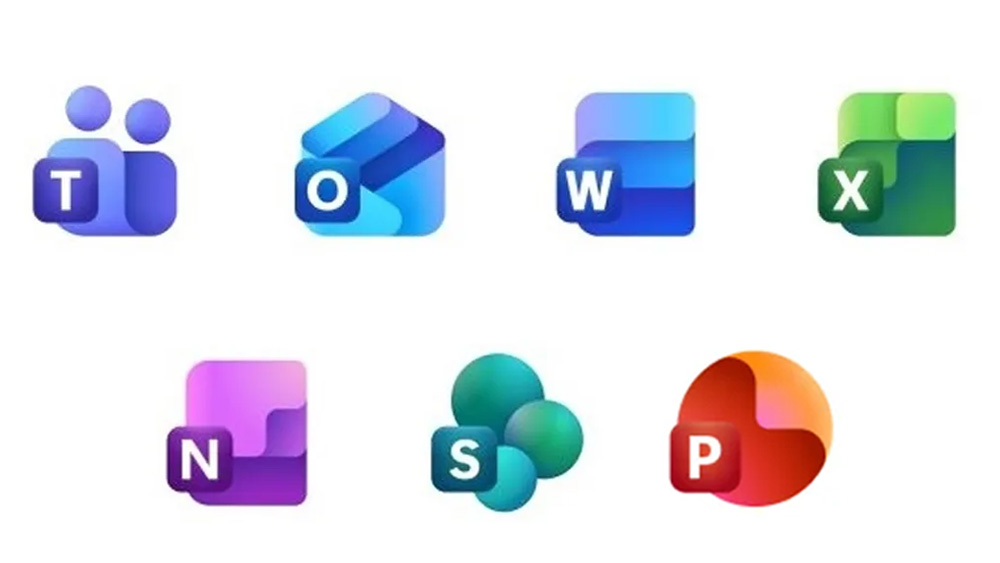Aqara Expands Matter Device Support, Enhancing Smart Home Integration

Aqara, a leading name in the smart home industry, is set to significantly enhance its platform by adding support for over 50 new Matter device types. This expansion positions Aqara as one of the most comprehensive smart home platforms in terms of Matter compatibility, joining the ranks of other industry leaders like Samsung SmartThings and Home Assistant.
In addition to the new device types, Aqara is introducing advanced bridging capabilities to all its Matter controllers. This innovative feature allows users to seamlessly integrate Aqaras extensive automation features within any Matter-compatible smart home ecosystem, including popular platforms such as Apple Home, Amazon Alexa, and Google Home. The update will also allow users to bridge Matter devices that may not yet be supported by a specific platform into their ecosystems, thereby enhancing connectivity and functionality.
The newly supported Matter device types include a diverse range of products, such as:
- Robotic vacuums
- Dimmable plugs
- Smoke and carbon monoxide alarms
- Air quality sensors
- Leak, freeze, and rain sensors
- Curtains and blinds
- Fans and air purifiers
- Air conditioners and heat pumps
- Water valves and pumps
- Pressure sensors
- Solar panels and battery storage
- Electric vehicle chargers
- Washing machines and dryers
- Fridges and freezers
- Cooktops, hoods, and kitchen surfaces
- Ovens and stoves
- Water heaters
- Video players and speakers
This expansion comes in addition to the already supported sensors, thermostats, switches, and lights. Aqara has announced that this exciting update will roll out alongside Aqara Home version 5.1.9 and Matter Controller firmware version 4.3.5 later this month.
Eugene You, the CEO of Aqara, emphasized the company's commitment to interoperability in the smart home sector. He stated, By extending Matter support, we aim to offer users greater flexibility and ensure that Aqara products remain useful across a wide range of platforms. This belief in interoperability is not just a business strategy; it's a vision for the future of smart homes, where devices from different manufacturers can work together seamlessly.
Aqara has established a robust partnership with major smart home platforms, including Apple Home, Amazon Alexa, Google Home, and recently, SmartThings. With this strategic positioning, Aqara is solidifying its role as a central player in the Matter smart home ecosystem.
Aqara's product line includes a variety of Zigbee-based smart home devices, with many hubs also functioning as Thread border routers. The company has optimized its hubs for Thread network sharing, allowing them to connect with existing Thread networks managed by devices such as Apple HomePods, Amazon Echos, or Google Nest hubs. However, it's important to note that the compatibility of these devices will depend on how each platform implements Thread technology. This enhancement is expected to create a more robust network for Thread-enabled smart home devices.
The introduction of advanced bridging, initially launched with the M3 hub earlier this year, will now be available across all current and future Aqara Matter controllers, including the more affordable Hub M100. This feature brings a dual advantage: it allows bridging of Matter devices into platforms that do not currently support those device types, and it enables users to leverage Aqaras advanced automation features and scenes within any Matter-compatible platform.
A notable application of this advanced bridging technology is the ability to utilize the facial recognition feature of Aqaras G4 Video Doorbell as a trigger within Apple Home automations. For instance, the doorbells facial recognition can be programmed to automatically turn on lights upon your arrival home, functioning effectively as a virtual occupancy sensor.
Other advanced capabilities that can be translated into either virtual occupancy sensors or virtual plugs include package detection through the on-device AI of a camera, fall detection using the Aqara FP2 mm-wave sensor, and automations based on a devices energy consumption. Features such as fingerprint sensing, gesture control, and presence detection can also be integrated in similar ways, according to Aqara.
It is worth noting that while this advanced bridging feature is not part of the standard Matter specifications, it is an innovation that requires development from the hub manufacturer. Home Assistant has introduced comparable functionalities that allow users to import scenes, scripts, and other non-Matter-supported entities into their connected platforms. This trend reflects the ongoing evolution of smart home technology, focusing on enhancing user experience and device interoperability.

























